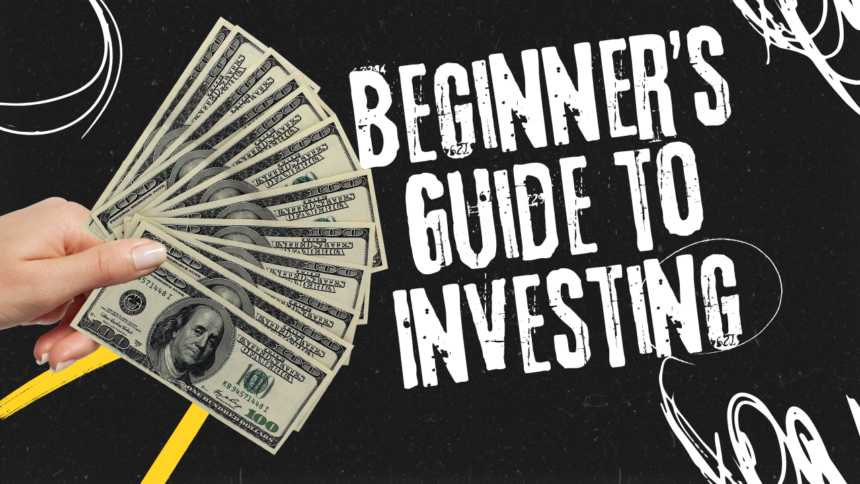Investing can sound like something for people in suits yelling at TV screens. But the truth? You don’t need a finance degree, a huge bank account, or a magic crystal ball to get started.
Most people who build wealth over time didn’t start with a windfall they started small, stayed consistent, and learned as they went. You can too.
Here’s a breakdown that makes sense, even if you’ve never opened a finance app in your life.
Step 1: Know Why You’re Investing
Before choosing where to put your money, get clear on what you’re aiming for.
- Want to build a retirement cushion?
- Hoping to save for a home in the next five years?
- Just trying to grow your money instead of letting it sit?
Your goals will shape how much risk you take on and what kind of investments make sense for you.
Step 2: Start With the Basics Really
The building blocks of most beginner-friendly investments are:
- Stocks: Shares in companies. When they do well, you may earn money through value increases or dividends.
- Bonds: You’re lending money to a company or government in exchange for interest over time.
- Index Funds / ETFs: Baskets of investments you buy all at once. Less risky than picking individual stocks, and great for hands-off investing.
Don’t worry about mastering every detail right away. You’re not trying to become an expert overnight just understand enough to feel comfortable with your choices.
Step 3: Pick a Platform That Makes It Easy
You’ll need an account to start investing. Good news: you don’t need a full-service broker or a desk full of monitors.
Apps like Fidelity, Vanguard, Schwab, or Robinhood are user-friendly, especially for beginners. Look for one that:
- Doesn’t charge high fees
- Has educational tools
- Lets you invest small amounts
Set up your profile, link your bank, and take a few minutes to explore. Most platforms walk you through every step.
Step 4: Start Small Seriously
There’s no need to go all-in on day one. You can start investing with as little as $5–$10 using fractional shares or low-cost index funds.
Try this approach:
- Pick a basic fund (like one that follows the S&P 500)
- Set up automatic transfers weekly or monthly
- Watch how it grows over time
This helps you build the habit, even if the amounts are small. Over time, consistency beats size.
Step 5: Don’t Let the News Shake You
Markets go up and down. That’s normal.
What matters most is time in the market, not timing the market. Let your money sit and grow. Don’t panic if things dip for a while. This happens and history shows they bounce back.
If you find yourself checking your balance every five minutes, take a step back. Investing is a long game.
What to Avoid (Especially Early On)
- Jumping into complex stuff like options or crypto without understanding them
- Taking tips from strangers on social media
- Pouring all your money into one stock because someone “promised it’ll explode”
Stick with what’s proven and simple at the start. Flashy doesn’t always mean smart.
Growing Your Knowledge equals to Growing Your Confidence
Once you’re in the habit of investing, keep learning. Read short articles. Watch explainer videos. Ask questions. Talk to people who’ve done it.
Every bit of knowledge makes you feel more in control and that’s a big win, especially when it comes to your money.
You Don’t Have to Get It Perfect Just Get Started
You’ll make mistakes. That’s part of it. But starting now, even with a little, is better than waiting for some perfect moment that may never come.
Investing isn’t about being rich. It’s about building a future where you have options, freedom, and less stress when life throws you a curveball.


